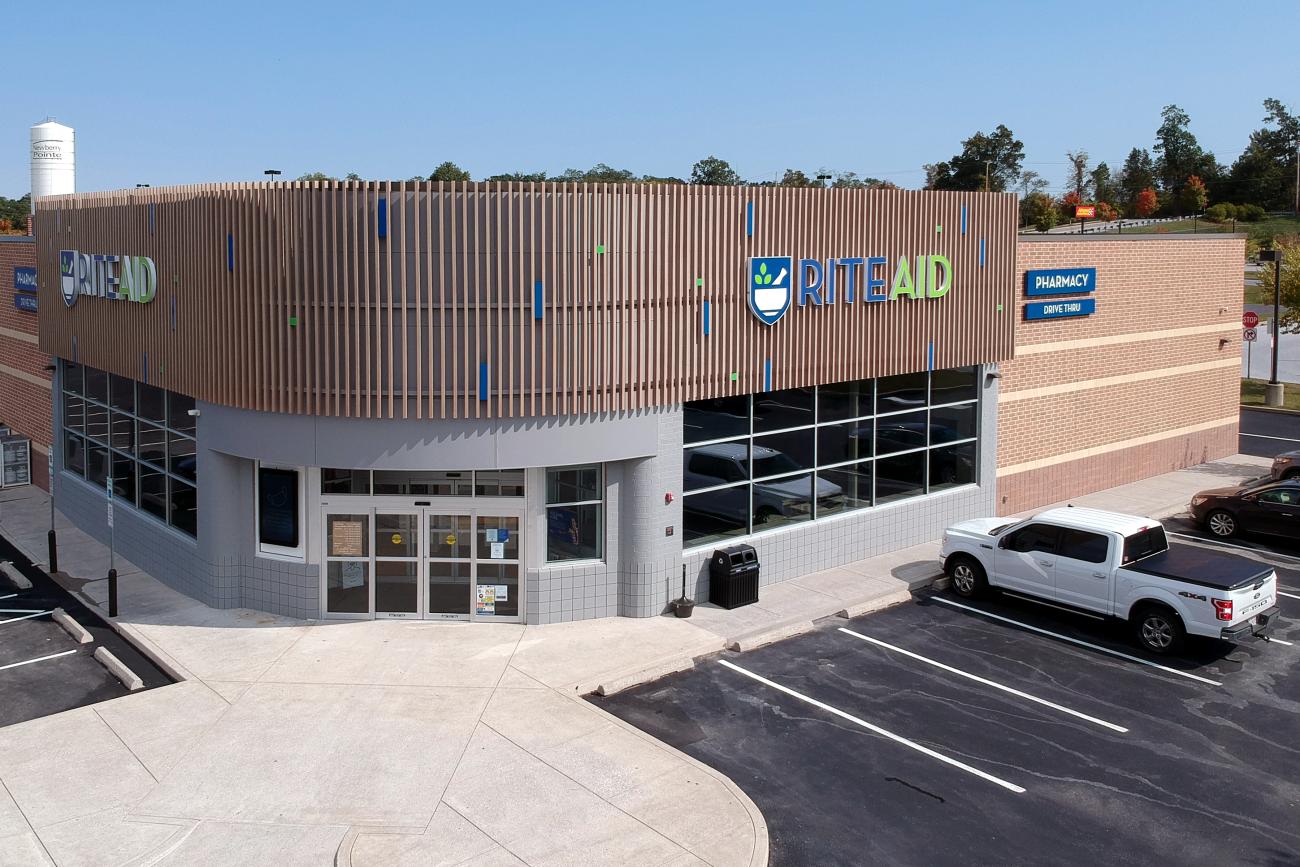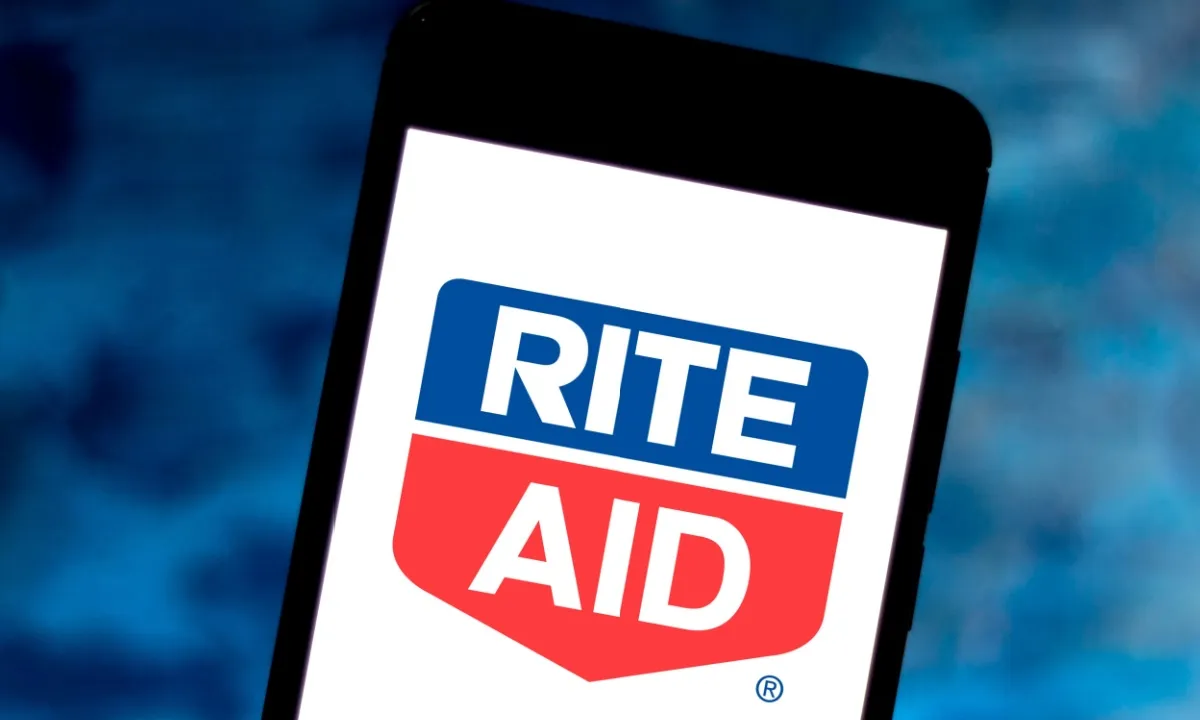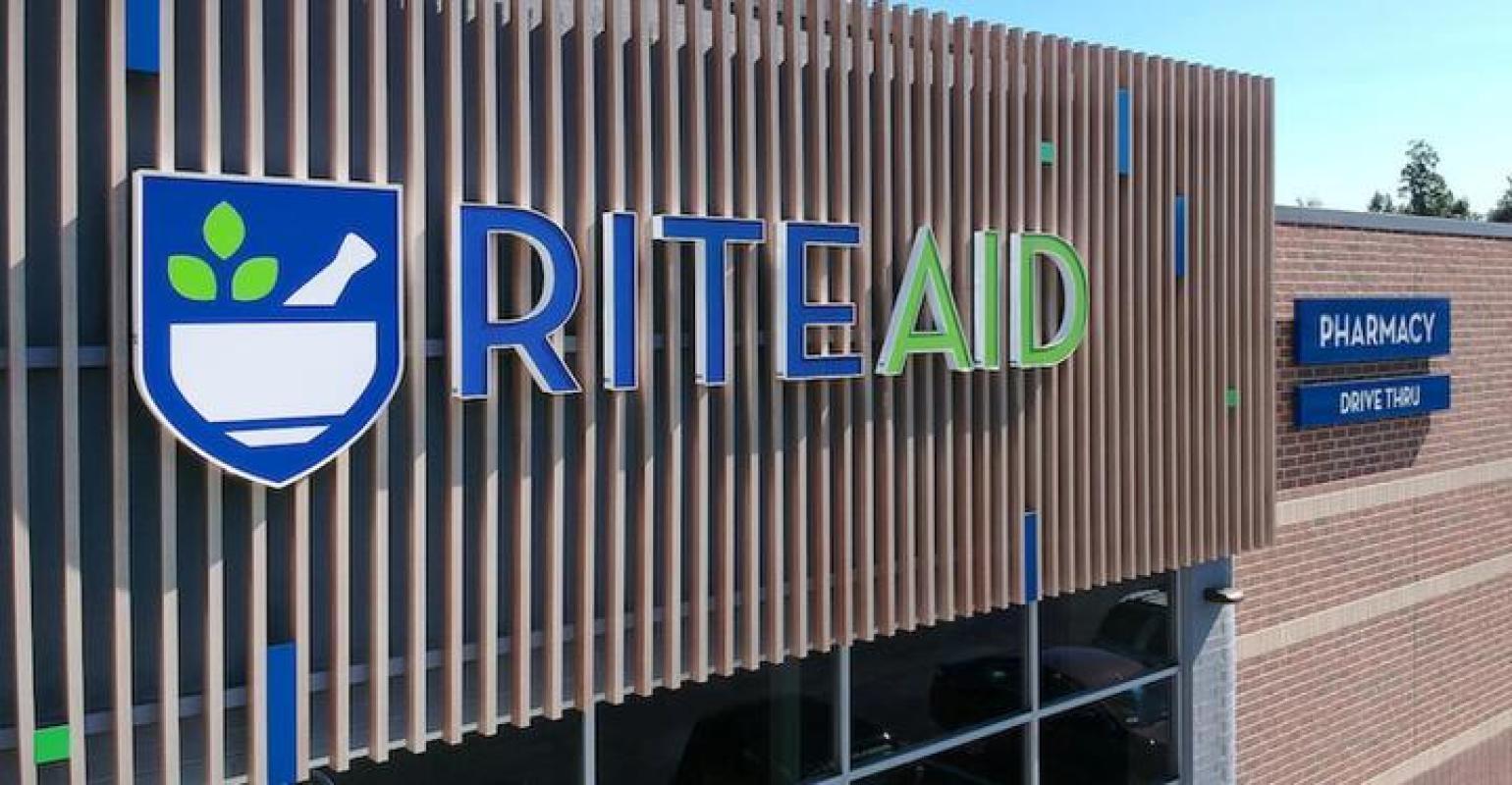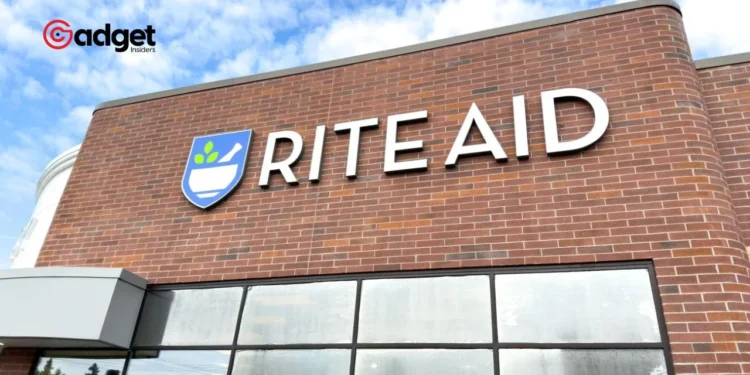In a bold move to defy its financial turmoil, Rite Aid has embarked on a new partnership with Uber Eats to offer alcohol delivery services across numerous states. This initiative comes as a surprising twist after the company declared Chapter 11 bankruptcy last year due to significant financial woes. But is this strategic pivot enough to revive the struggling retailer?

Rite Aid Embraces Alcohol Delivery
“Rite Aid’s selection of alcohol brands combined with convenient delivery ensures customers have what they need when they need it — be it for a special occasion or casual night at home,” stated Jeanniey Walden, The company’s Senior Vice President, highlighting the new service’s appeal.
Amid the backdrop of the pandemic, when alcohol delivery services witnessed a spike in demand as a means to support social distancing, Rite Aid’s venture could be seen as a step to tap into a thriving market.
Is it just a coincidence that Rite Aid started home delivery of alcohol the morning after that "debate"?
Today's email from Instacart. pic.twitter.com/yOrhQl80Qz
— James Ray (@sidecut) September 30, 2020
A Glimpse into the Rise of Alcohol Delivery Services
The surge in popularity of alcohol delivery was not exclusive to the company. Major retailers like Target, 7-Eleven, and Walmart have also embraced this trend, maintaining robust delivery programs even post-pandemic.
Services like DoorDash have reported significant increases in alcohol delivery orders, with 42% of their customers citing convenience and time-saving as primary benefits. This broad adoption across the retail sector suggests a solid consumer demand that Rite Aid is eager to capture.

Rite Aid’s Financial Decline and Strategic Reorganization
The launch of this service comes at a critical time for the brand. The company filed for Chapter 11 bankruptcy in October of the previous year, a reorganization that allows it to continue operations while restructuring finances under court supervision.
This decision was driven by multiple factors, including inflation, increased labor costs, reduced demand for COVID-19 vaccines, and an intensely competitive market. Additionally, the weight of thousands of lawsuits related to opioid prescriptions has further strained their financial resources.
In response to these challenges, Rite Aid has secured $3.5 billion in financing and has commenced closing several underperforming stores to cut costs. “The company regularly assesses its retail footprint to ensure we are operating efficiently while meeting the needs of our customers, communities, associates, and overall business,” the company stated in a communication to Forbes.

Will It Be Enough?
As Rite Aid navigates through these turbulent times, the partnership with Uber Eats opens a new channel that might help alleviate some of the financial pressure.
However, the question remains whether this new venture into alcohol delivery can significantly impact the company’s recovery efforts or if it’s just a drop in the ocean given the scale of their financial distress.
With the retail landscape continuously evolving, particularly in how it adapts to the aftermath of the pandemic, Rite Aid’s strategic moves will be crucial in determining its position in the competitive market.
Stakeholders and customers alike will be watching closely, hopeful yet cautious about the potential turnaround fueled by innovative approaches like alcohol delivery.










